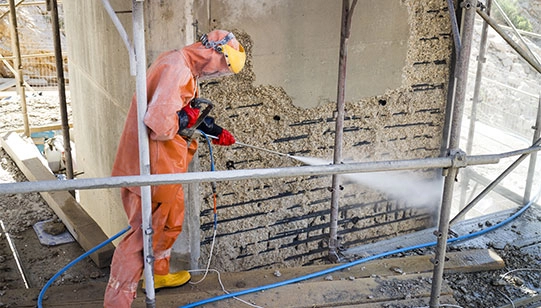Personal protective equipment (PPE) is essential for worker safety. PPE like goggles, hard hats, steel-toed boots, and similar items shield employees from specific workplace hazards, reducing the odds that incidents will cause injuries or deaths.
In many cases, PPE isn’t optional in workplaces. For example, requirements outlined by the Occupational Safety and Health Administration (OSHA) or state agencies make PPE mandatory in specific environments or roles that involve hazardous tasks.
As a result, companies must enforce the use of PPE to ensure safety. While many employees are highly willing to don PPE, others are resistant. If your organization is facing objections from workers, here are five tips that can help.
1. Lead by Example
First and foremost, ensuring company leaders, managers, and supervisors follow PPE requirements is essential. If those at the top are lackadaisical about PPE, employees may assume that the mandates aren’t particularly critical. Additionally, it makes enforcement harder since others are violating the rules. Any subsequent disciplinary actions for not following the PPE requirements breed resentment, harming morale and, potentially, retention.
Leading by example shows that employees at all levels are held to the same standard. Plus, it demonstrates that safety is a priority for company leaders and managers, as they’re openly following the rules.
2. Listen to Employees
In some cases, resistance isn’t about wearing PPE in general; it’s about wearing a particular piece of PPE. If the employer provides PPE, limiting workers’ options regarding what they have to wear, it’s possible that specific brands or sizes may not meet everyone’s needs.
Speak with resistant employees about why they don’t want to wear PPE. Find out if it’s a fixable issue of fit or comfort. That allows the company to identify problems and take action, ensuring everyone has PPE that helps keep them safe without hindering them unnecessarily.
3. Conduct Safety Training
Educating your workforce on the importance of PPE is critical, particularly when some employees are resistant to wearing it. They may shift their view by helping them understand the risks associated with not donning PPE. Additionally, outlining any related regulations is beneficial. That shows that the company is taking these rules seriously and lets workers know why company mandates are in place, which could make them more open.
4. Choose Simple, Effective Solutions
PPE comes in a wide array of designs. As a result, some are easier to put on, maintain, repair, replace, and clean than others.
Choose solutions that are easy to put on and wear, as that makes PPE less cumbersome. Additionally, if you’re using non-disposable PPE, ensure it’s easy to maintain, clean, repair, and replace. Finally, have a system for evaluating the non-disposable PPE, guaranteeing those that reach their end of life are returned promptly.
5. Enforce Policies Across the Board
Enforcement is a critical part of the equation but it must also be fair. Regardless of their position or tenure, every employee must be held to the same standards and face the same consequences. That shows that no one is exempt, which makes a difference.
Outline the PPE requirements, enforcement processes, and consequences for not following the rules in the employee handbook. Then, use that as a guide whenever there’s an incident, treating each worker, supervisor, manager, and company leader the same in regard to the rules. By doing so, you establish a single standard for everyone, which can lead to greater adoption.
Ultimately, PPE is critical for employee safety. Use the tips above to increase compliance, ensuring everyone is doing their part. If you’d like to learn more or want to fill an open job with a safety-conscious professional, UCP can help. Contact us today.

